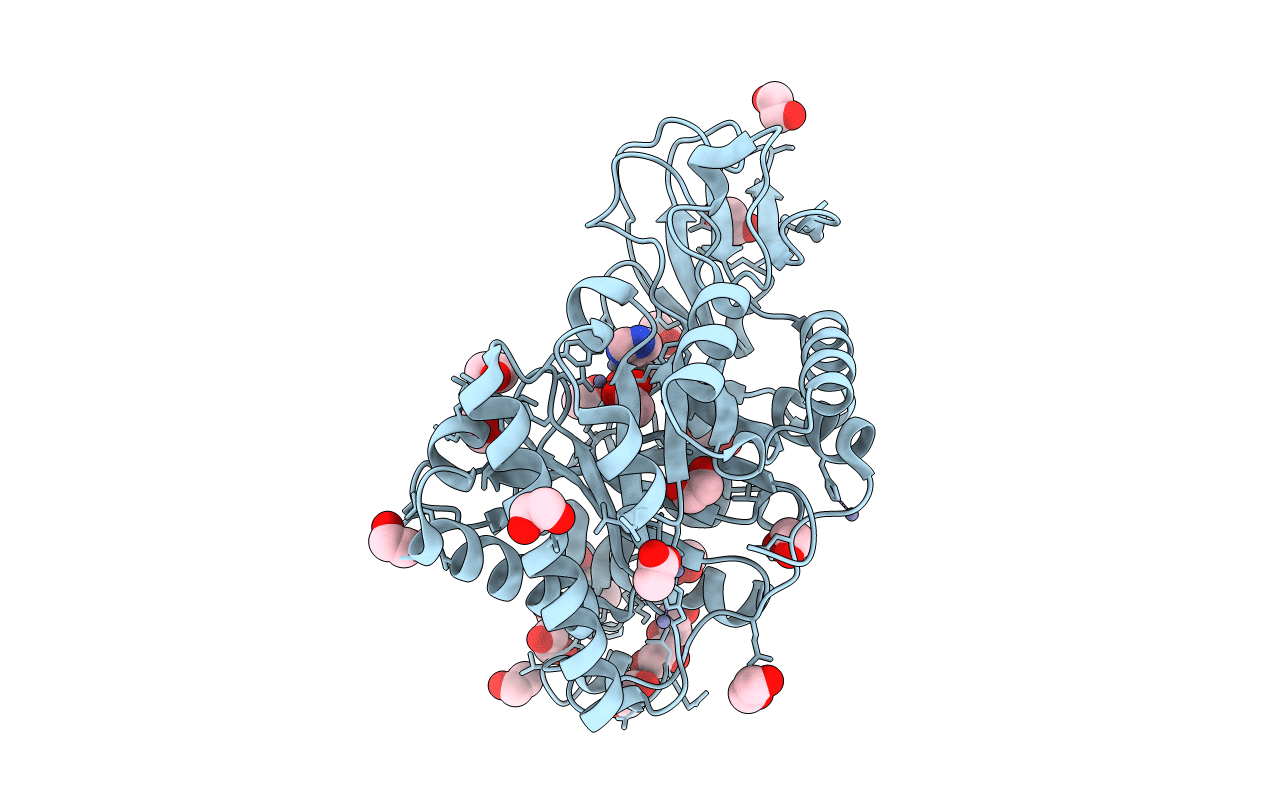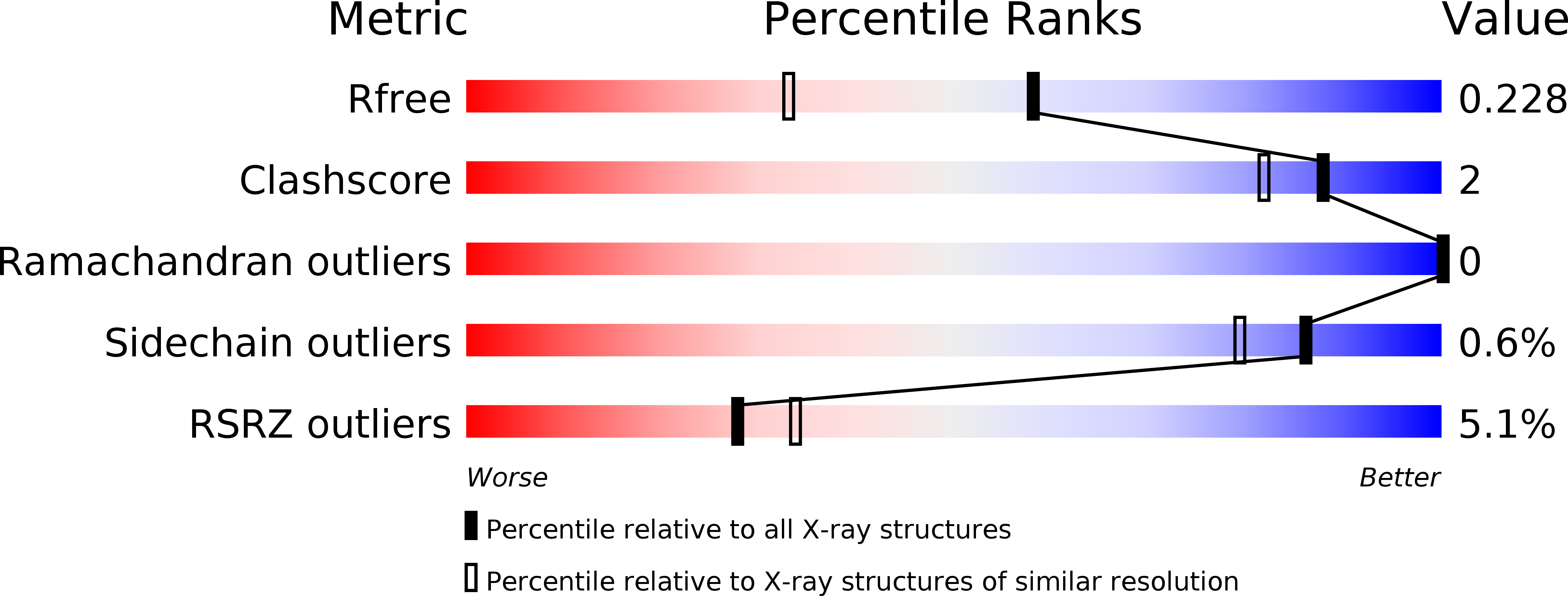
Deposition Date
2017-10-11
Release Date
2018-09-26
Last Version Date
2024-01-17
Entry Detail
Biological Source:
Source Organism:
Trichoderma harzianum (Taxon ID: 5544)
Host Organism:
Method Details:
Experimental Method:
Resolution:
1.75 Å
R-Value Free:
0.21
R-Value Work:
0.18
R-Value Observed:
0.18
Space Group:
P 41 21 2


